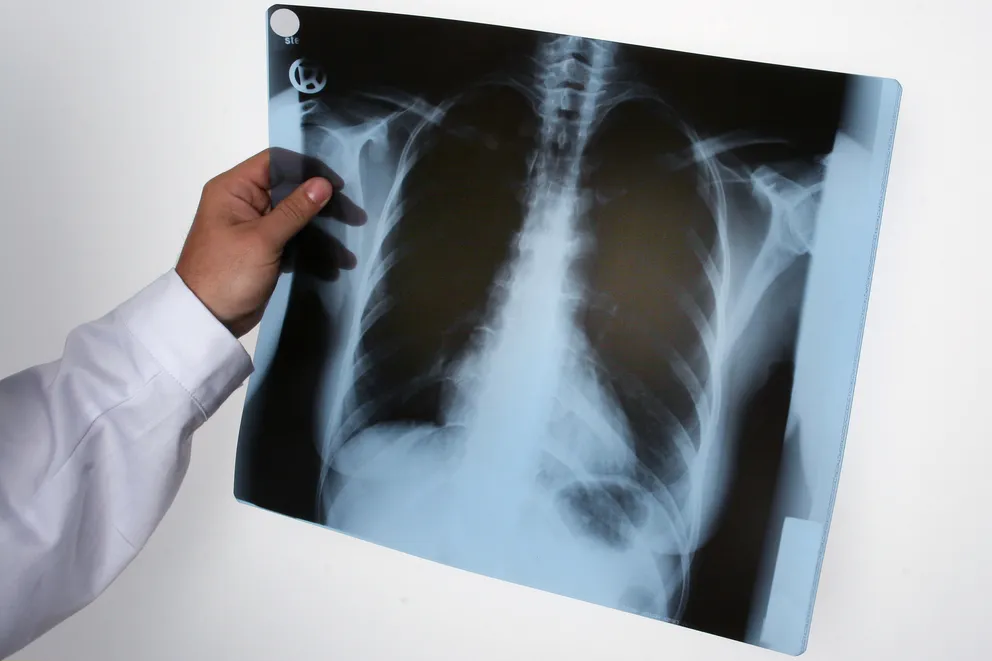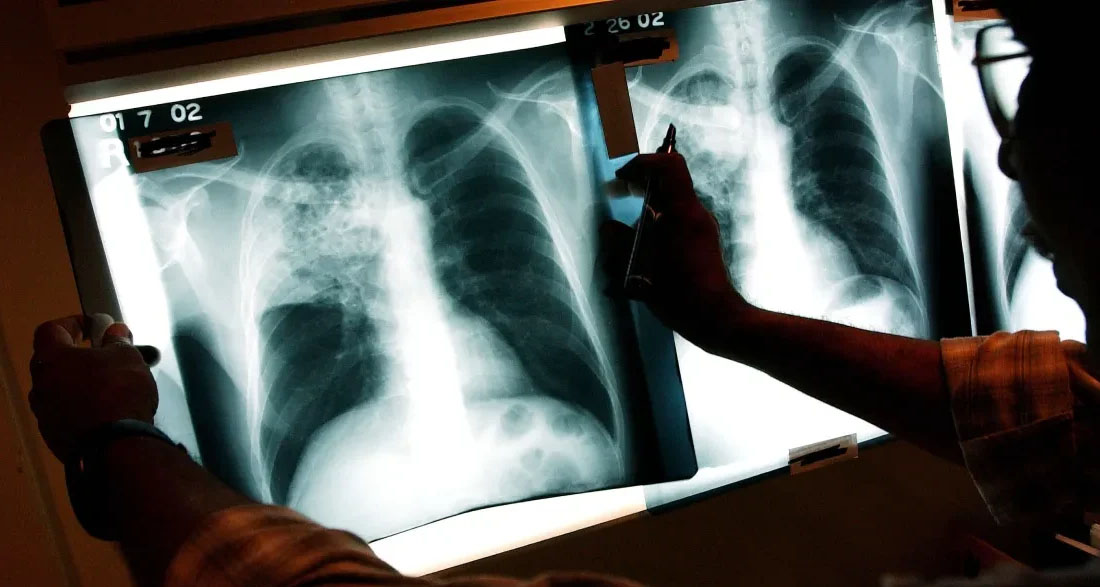Kansas City is currently facing an “unprecedented” tuberculosis (TB) outbreak, affecting two counties, with health officials warning that the situation is still ongoing and may continue to spread.

As of January 24, 2025, the outbreak has impacted 67 people in Wyandotte and Johnson counties. Wyandotte County, which has seen the most cases, is reporting 60 infections, while Johnson County has seven.
Health officials in Kansas said they have been dealing with an "unprecedented" tuberculosis (TB) outbreak in the northeastern part of the state.https://t.co/nolVOBqLLE
— ABC 13 News – WSET (@ABC13News) January 27, 2025
This outbreak, the largest in U.S. history, was first reported in 2024 and has rapidly expanded, with health experts expressing concerns about its scale.
According to Jill Bronaugh, a spokesperson for the Kansas Department of Health and Environment (KDHE), the outbreak’s size is mainly due to how quickly it spread. “This is mainly due to the rapid number of cases in the short amount of time,” Bronaugh explained.
Even though the outbreak has caused significant concern, especially in Wyandotte County, health officials are assuring the public that the risk to the general population is still considered very low.
However, they are emphasizing the importance of staying vigilant to prevent any further spread of the disease. “This outbreak is still ongoing, which means that there could be more cases,” Bronaugh warned, noting that other states are also dealing with large TB outbreaks at the moment.
Historical Tuberculosis Surge in Kansas: 'Largest Outbreak They've Ever Had' https://t.co/m0es2gG5Cx
— People (@people) January 27, 2025
To tackle the outbreak, KDHE and local health departments have teamed up with the Centers for Disease Control and Prevention (CDC). Their combined efforts include tracking cases, providing treatment to those who are infected, and putting measures in place to stop new infections from occurring.
‘Unprecedented’ TB outbreak recorded in Kansas with nearly 70 cases recorded https://t.co/5rj4vLDMeh
— The Independent (@Independent) January 27, 2025
While Kansas City works to manage this outbreak, the state as a whole has seen a decline in TB cases. In 2024, KDHE reported 109 active TB cases and 626 latent infections across the state.
By early 2025, these numbers dropped significantly to just one active case and seven latent infections, a clear sign of improvement.
A Kansas Department of Health and Environment official told a Kansas Senate committee Tuesday the agency continues to work to resolve an "unprecedented" tuberculosis outbreak in Wyandotte County:
— KSHB 41 News (@KSHB41) January 25, 2025
https://t.co/8OZ61MpHJH
Despite these overall improvements, the TB outbreak in Wyandotte County is still a concern. Ashley Goss, the KDHE Deputy Secretary, shared that the outbreak began in 2024 with 65 active cases and a similar number of latent infections.
As of now, the number of active cases has dropped to around 32, signaling progress in controlling the disease.
Goss called the outbreak “unprecedented” during a recent conversation with the Senate Public Health and Welfare Committee. She told lawmakers, “Some of you are aware, we have and still have mobilized staff and resources addressing an unprecedented tuberculosis outbreak in one of our counties.”
Kansas faces largest tuberculosis outbreak in U.S. history: https://t.co/gc9eLghtX5 By @lilyobrienkake
— KAKE News (@KAKEnews) January 28, 2025
She continued, saying that the CDC is on the ground in Kansas, working closely with the state to handle the crisis. “CDC remains on the ground with us to support. That’s not a negative.
This is normal when there’s something unprecedented or a large outbreak of any kind, they will come and lend resources to us to help get a stop to that. We are trending in the right direction right now.”
One of the challenges of TB is that it’s an infectious disease, but there is a silver lining. Goss explained that TB patients who are undergoing treatment are no longer contagious after 10 days of taking medication and having three negative sputum tests.
“They can go about their lives, they don’t have to stay away from people, and they can go back to work, do the things, as long as they continue to take their meds,” she said.
Treating both active and latent TB typically takes several months, and KDHE is working with large employers in the area to ensure that people who might have been affected by the outbreak receive the proper care.
TB is caused by a bacterium called Mycobacterium tuberculosis. It primarily attacks the lungs but can spread to other parts of the body, including the brain, kidneys, or spine. There are two forms of TB: latent and active.
Latent TB occurs when the bacteria are dormant in the body, and the person does not have symptoms and cannot spread the disease. However, without treatment, latent TB can become active TB, which is contagious and can be deadly if not treated properly.
Active TB is marked by a persistent cough that lasts three weeks or more, chest pain, coughing up blood or mucus, fatigue, weight loss, fever, chills, and night sweats.
The disease spreads through the air when an infected person coughs, speaks, or even sings, especially in enclosed spaces with poor ventilation. The bacteria can linger in the air for hours, putting those nearby at risk.
Preventing the spread of TB relies on treating latent TB to keep it from becoming active. For active TB, patients need to take antibiotics for several months to eliminate the bacteria and prevent further transmission.
Early detection, timely treatment, and raising public awareness about TB are key to controlling the spread and avoiding more widespread outbreaks.
As officials continue to monitor the situation, the swift spread of the disease has highlighted just how important it is for people to understand the symptoms and seek treatment early.
TB might be less common than it once was, but it’s still a serious threat, and efforts to prevent further outbreaks are crucial to protecting public health.
What do you think of the story? Share your thoughts in the comments below!

